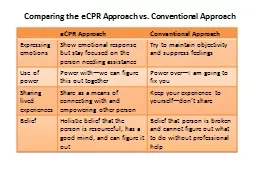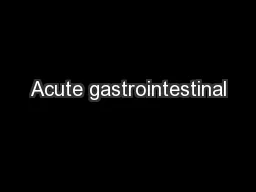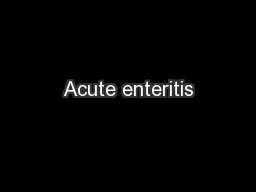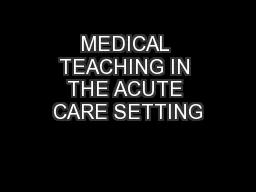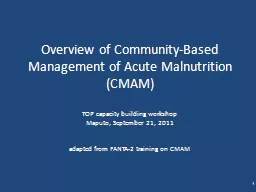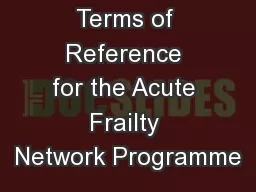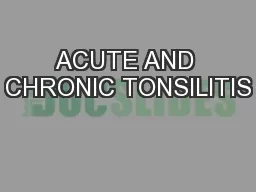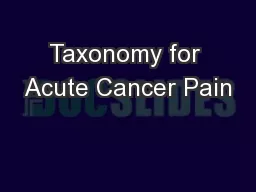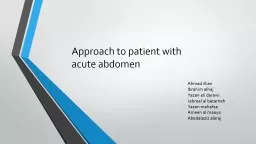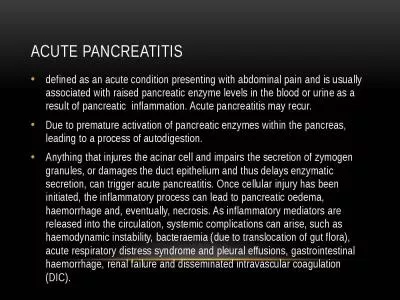PDF-APPROACH TO ACUTE
Author : eleanor | Published Date : 2022-08-16
ATAXIA IN CHILDREN PINTING CHEN UCLA FAMILY MEDICINE PGY 2 111021 A CASE OF ACUTE ATAXIA THE HPI 18 month old F with no PMH presents to the ED with a 2 day history
Presentation Embed Code
Download Presentation
Download Presentation The PPT/PDF document "APPROACH TO ACUTE" is the property of its rightful owner. Permission is granted to download and print the materials on this website for personal, non-commercial use only, and to display it on your personal computer provided you do not modify the materials and that you retain all copyright notices contained in the materials. By downloading content from our website, you accept the terms of this agreement.
APPROACH TO ACUTE: Transcript
Download Rules Of Document
"APPROACH TO ACUTE"The content belongs to its owner. You may download and print it for personal use, without modification, and keep all copyright notices. By downloading, you agree to these terms.
Related Documents


